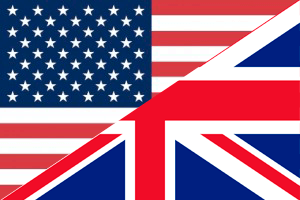Issue 1
Issue #1
England, 1349. Sir Hugh de Grey, the Pale Knight, returns from war to find a land ravaged by the Black Death, and his son dying of the plague. When he prays to God to save his son’s life, it is not God who answers—but Death himself. And Death is willing to cut a deal.
Issue 2
Issue #2
In a desperate attempt to save his son who’s dying of the plague, hero knight Sir Hugh de Grey has made a pact with Death, who will spare his son if Sir Hugh kills Gilbert the Pure. But England has descended into phantasmagorical hell and on his quest to find Gilbert, Sir Hugh finds himself taking part in the nightmarish Dance of Death. Meanwhile Aaron of Albi is in an equally dangerous dance, as life depends on him convincing Sir Maurice Beauchamp that he possesses magical powers to keep the plague at bay. Can Aaron keeping fooling sir Maurice, will Hugh de Grey dance himself to oblivion or keep his pact with death? Flagellants, spectral line dances, fake cures, and buboes. All this and more in The Pale Knight part two.
Issue 3
Issue #3
These are the strangest of times. An innocent called Elwyna is to be burned as a witch. Sir Hugh de Grey must save his son from the nightmarish Dance of Death. Aaron of Albi seeks plague toxin from the bubo of a corpse. In part three of The Pale Knight, there is madness and poison in the air. And in the hearts and minds of men.
Issue 4
Issue #4
The Plague Maiden is doomed to do Death’s work, yet unable to die herself. But can Sir Hugh de Grey–another unwilling worker for Death–be the instrument of her release? Meanwhile, Aaron of Albi seeks death in the poison of a bubo. It’s 1342. And there’s a lot of death about.
Issue 5
Issue #5
England 1348. There is much poison in the air. The Pale Knight has a bubo. Lady Strange’s guests poison themselves with alcohol rather than think of death. Plague sweeps though the household of Sir Maurice de Beauchamp. And Aaron of Albi discovers what might be the deadliest poison of all: human treachery.
Issue 6
Issue #6
The Pale Knight’s journey reaches its terrible end. But should a good man do a terrible thing even if it means the life of his son? And can Death be trusted to keep his side of a deal? Meanwhile Aaron finds that love can be as fickle as Death…and just as dangerous. All this and more in the concluding contagious issue of The Pale Knight.
Graphic Novel 1
Graphic Novel
England, 1349. Sir Hugh de Grey, the Pale Knight, returns from war to find a land ravaged by the Black Death, and his son dying of the plague. When he prays to God to save his son’s life, it is not God who answers—but Death himself. And Death is willing to cut a deal.
Written by the acclaimed Peter Milligan (Enigma, Shade the Changing, XStatix) and illustrated by Val Rodrigues (Deep Roots, Unnatural Order), with colors by Cristiane Peter, and letters by Dave Sharpe, The Pale Knight immerses readers in a world ravaged by plague and despair.


 English
English
























